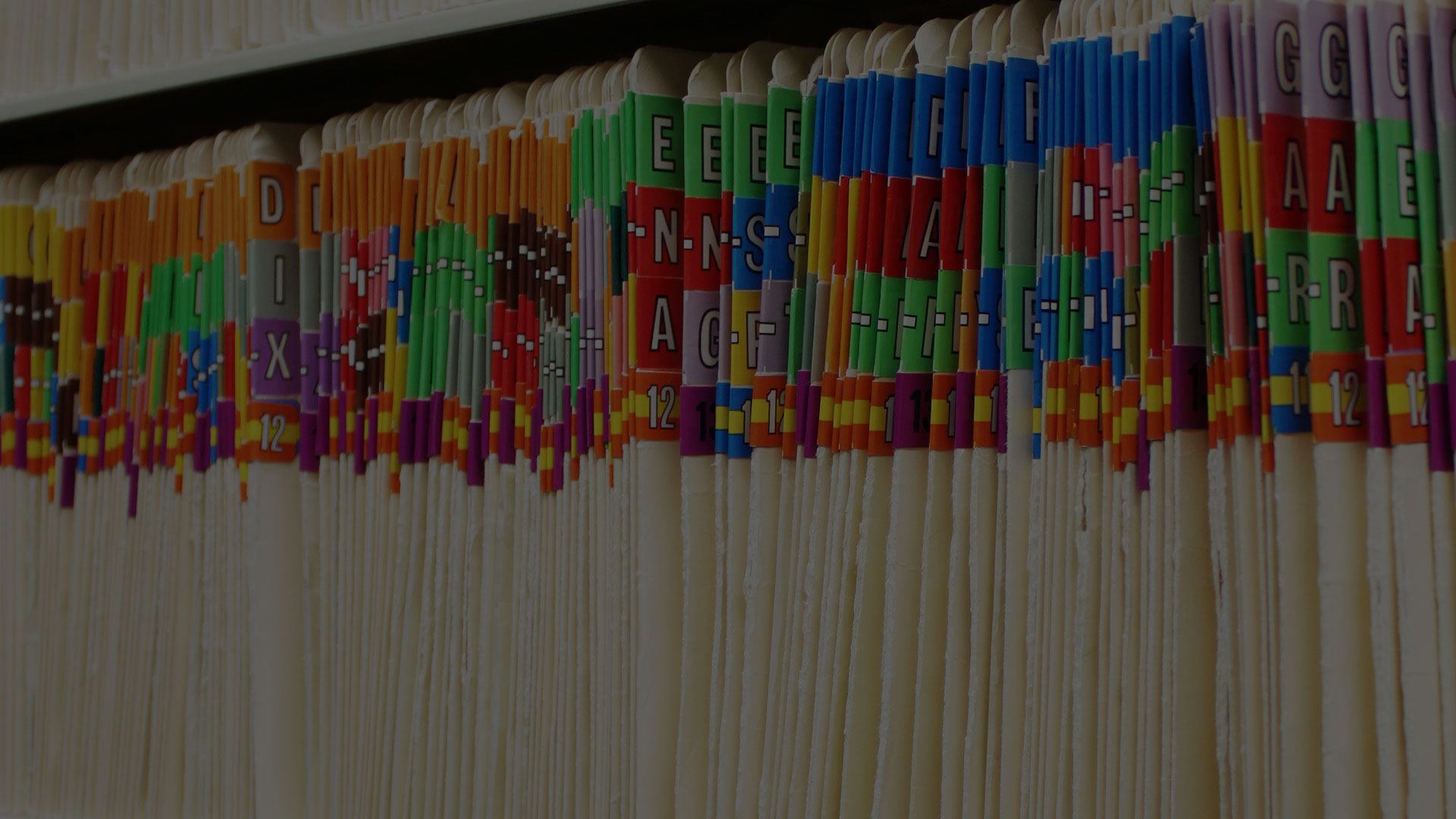What is Health Information Management?

The impacts of the COVID-19 pandemic reached nearly every industry in the economy, but none more directly than healthcare.
Even as the pandemic subsides in many parts of the United States, healthcare organizations will be facing new challenges. Many people postponed visits and elective procedures in order to maintain physical distancing guidelines and avoid potentially crowded medical facilities, and these appointments are already coming back up.
While frontline medical staff bore the brunt of the pandemic, support and administrative staff have also been stretched thin and faced increased pressure over the past two years. One behind-the-scenes process that plays a critical role in maintaining a functioning healthcare industry is Health Information Management (HIM).
Why is HIM so important?
To understand the importance of HIM, it helps to start by defining what’s meant by “health information.” Simply put, any data pertaining to an individual’s medical history - from reported symptoms, to diagnoses and procedures, to lab results and X-rays, to clinical information and physician’s notes. Anything that helps track the patient’s health over time from any interaction with a healthcare provider goes into their health record.
Accurate health records provide doctors with valuable context for a patient’s condition and leads to better diagnoses and better health outcomes for the patient. On a larger scale, extensive health records for entire populations offer a bird’s-eye view of larger health trends and can help inform policy decisions.
Health information management is the critical process of acquiring, analyzing, and securing medical information.
What is Medical Coding?
The American Academy of Professional Coders (AAPC) defines medical coding as “the transformation of healthcare diagnosis, procedures, medical services, and equipment into universal medical alphanumeric codes.” In layman’s terms, it means translating complicated medical information into a widely-accepted shorthand.
Every time you see a healthcare provider, they review your condition, along with your medical history, and determine what they think the issue is and how to treat it. Accurate medical coding of this information is important not only to maintain reliable patient health records, but also to ensure the hospital, clinic, practice, or other healthcare provider receives proper payment.
Why Outsource Medical Coding?
Medical coding is a critical function for any healthcare provider - but it can also be time consuming. That’s why many providers partner with experienced and dependable medical coding companies like LexiCode to handle the task of medical coding, allowing healthcare professionals to focus on patient care.
In heavily-regulated and complex fields like HIM, where compliance is a constant concern, it helps to have dedicated experts in your corner. With over 39 years of coding and auditing experience, LexiCode’s team of seasoned HIM and medical coding specialists help healthcare organizations of all sizes maintain efficient coding practices and improve their coding efficiency while reducing administrative costs.
LexiCode maintains a distributed, global workforce of credentialed coders, which makes them better able to scale up operations in times of heightened demand, and stay productive even in the face of unexpected regional disasters.
What do Medical Coders do?
Medical coders are the ones who actually do the work of converting complex medical information into predetermined alphanumeric codes, and ensure that these codes are accurate for the medical billing process. In most cases, they’re also responsible for creating insurance claims for the healthcare provider, so accuracy and attention to detail are critical.
According to the Bureau of Labor Statistics, “they might review patient information for preexisting conditions, such as diabetes, to ensure proper coding of patient data. They also work as the liaison between healthcare providers and billing offices.” This access to medical information is part of why medical coders must get special training and certifications before landing the job.
How to Become a Medical Coder
Medical coding is an important role in a highly-regulated industry, so getting hired takes a little legwork. The growing demand and high-value skills you’ll develop make it well worth the effort. In order to become a medical coder, you have to get specialized training and a certification from the American Health Information Management Association (AHIMA).
While getting through the requisite coursework and passing the certification exam may take some time, it’s still considerably less time than it would take to get into other healthcare jobs. Plus, there are many online course options, which can offer more flexibility, allowing you to work at your own pace and when it works for your busy schedule.
Once you’ve completed an accredited medical coding training program, you can take the Certified Coding Associate (CCA) or Certified Coding Specialist (CCS) exam through AHIMA.
To get started on your Medical Coding journey, check out the courses available through LexiCode: https://learn.lexicode.com/






